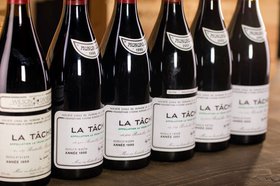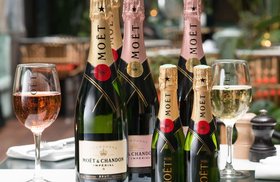What is Orange Wine? (How It’s Made, Taste, Best Bottles 2025)
Orange wine has re-emerged from obscurity in recent years, and has become a trendy alternative to red and white wines.
Its irresistible flavor palate has the citrusy tang of a white wine and the lush tannins of a red, and more!
Ready to unravel the secrets of this extraordinary wine?Let’s dive into its fascinating history, how it’s made, and the exquisite taste that makes orange wine so popular. We’ll also explore the best orange wines you can buy in 2024 and an easy way to buy fine, collectible wines.
Further reading
- Keen to begin investing in collectible wines? Get started with this Comprehensive Wine Investment Guide.
- Discover all about the exotic Ice Wine or choose from the more traditional sweet wines like Moscato.
What is Orange Wine?
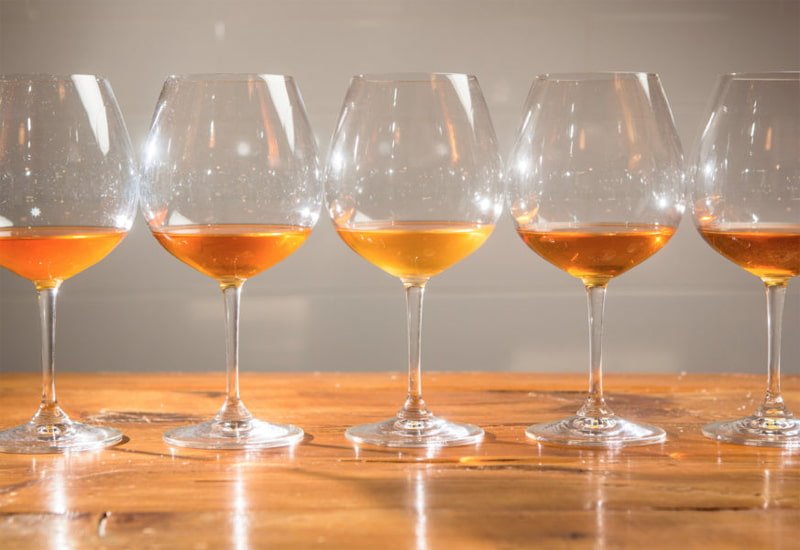
Orange wine is a white wine made using the traditional red wine fermentation process. The white grape varieties are macerated for an extended period with their grape skins, which gives the wine its distinct orange color.
The wine’s color can range from golden to intense orange and even pink depending on the:
- Grape variety
- Level of fruit ripeness
- Fermenting time with the grape skin compounds
- Fermentation vessel used
- Extraction method
The grape skin fermentation process also lends the wine a more intense flavor profile, robust tannin, and fuller body (which are typical characteristics of most red wine styles.)
The British wine importer David A. Harvey coined the name orange wine, even though the more accurate term is skin contact white wine. It is also called “amber wine” or “skin-macerated white wine.”
Fun Fact: US wineries selling these wines do not use the term ‘orange wine’ on their labels. As per the US Alcohol and Tobacco Tax & Trade Bureau, the term ‘orange wine’ is a misnomer and might confuse consumers to think that the wine is made from oranges.
Let’s now discover it’s winemaking process.
How is Orange Wine Made?

The orange wine vinification includes:
- Crushing: The orange winemaking process begins with crushing white wine grapes such as Pinot Grigio (Pinot Gris) Ramato, Ribolla Gialla, or Sauvignon Vert.
- Fermentation: In white winemaking, only the filtered grape juice goes through vinification (without the grape skin and pips.)
In orange winemaking, the white grape varieties undergo skin fermentation (similar to the red grape fermentation.) Native yeast facilitates the fermentation process.
The white wine grape must ferment without any additives and minimal human intervention. This imparts a sour taste and distinct nuttiness to the final orange wine.
- Maceration: The grape skin and seeds are left in the grape juice during maceration. This stage of the winemaking process can last anywhere from a few days to over a year.
- Aging: Once fermented, the wine is aged in oak barrels from about a week to a year. The structure and flavor of the orange style of wine fully develop during this period.
Orange wines have a high level of tannins, which means it can be bottled without adding sulfur dioxide. This “natural” vinification of orange wines has proven pivotal for the natural wine movement and aided its revival.
If they’re made in biodynamic vineyards, then they come under the umbrella of biodynamic wines.
Let’s see how the orange wine style emerged in the first place.
One of the Oldest Wine Styles: A Brief History of Orange Wine
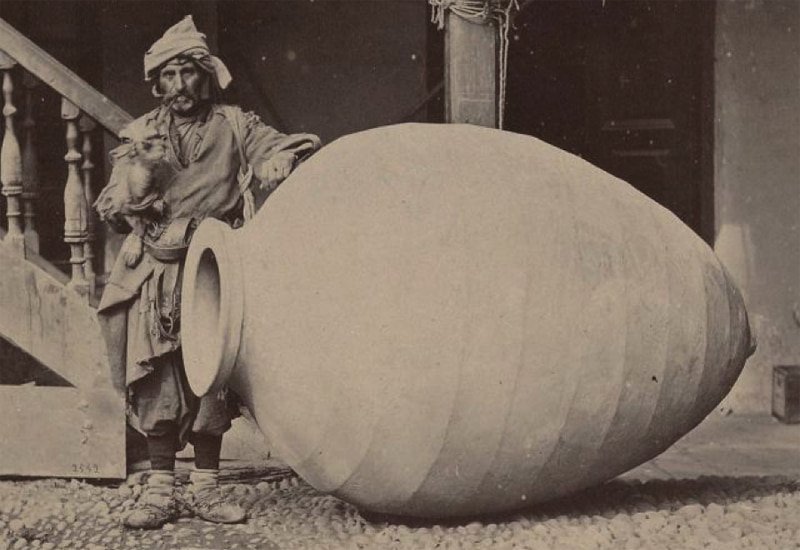
The history of orange wine dates back to the origin of winemaking, about 8,000 years ago.
Ancient winemakers in Eastern Europe, mainly Georgia and Slovenia, produced a golden wine by burying clay pots ( ‘qveri’) filled with crushed vineyard berries underground. This allowed temperature-controlled fermentation of the orange wine.
This skin contact wine lost clout after the advent of the more refined white wine in Italy.
In the early 2000s, the winemaker Josko Gravner of Friuli-Venezia Giulia, Italy, brought the wine back to the limelight. Traditional winemaking techniques were imported from Georgia and Slovenia to other vineyard estates all around the world.
Orange Wine Regions
Here are the main wine regions that produce orange wine:
1. Italy
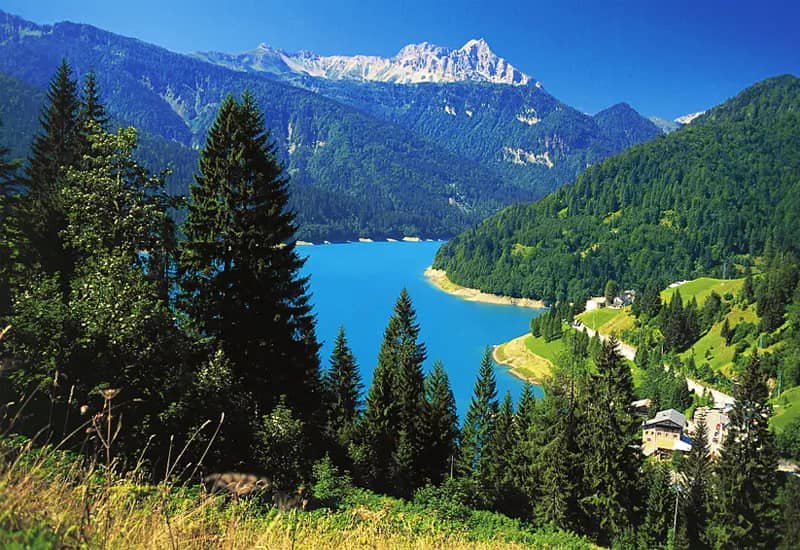
Italian orange wines are the most popular variant produced today.
The major orange wine production region is Friuli-Venezia Giulia along the Slovenian border in northeastern Italy.
Friulano (Sauvignon Vert), Ribolla Gialla, and Pinot Grigio (Pinot Gris) are the grape varietals commonly used by every orange wine producer here.
It was the Gravner winery that pioneered orange wine production in the country. Other popular Italian orange wine producers are:
- Bressan “Carat” (Friuli-Venezia Giulia)
- Antonio Caggiano “Béchar” (Campania)
- Donati Camillo “Malvasia dell’Emilia” (Emilia Romagna)
- Frank Cornelissen “Munjebel”
2. Slovenia
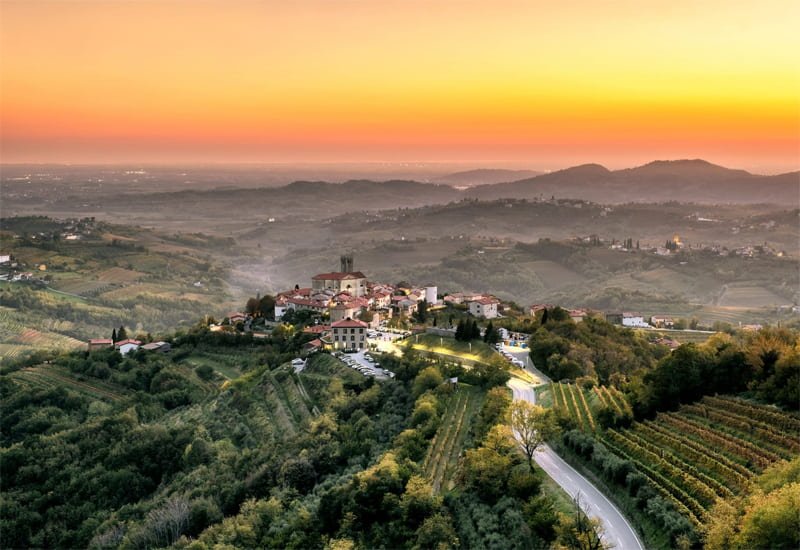
Goriška Brda in Slovenia is a major orange wine producer. Some other prominent orange winemakers in Slovenia are:
- Klinec
- Movia “Lunar”
- Princic
3. Georgia

The red-orange wine most common in Georgia is produced using the Rkatsiteli varietal.
The prominent Georgian orange wine producers are:
- Pheasant’s Tears
- Alaverdi Monastery “Gurjaani” in Kakheti
- Our Wine in Kakheti
- Tbilvino “Quevris”
4. France

In France, orange wine production is most common in the wine regions east of Burgundy.
The Savagnin grape variety is usually used to produce orange-like wines by pressing the grape skins.
Some French orange wine producers include:
- Vin Jaune
- Côtes du Jura
- Chateau-Chalon
- Jean-Yves Peron
5. Other wine regions

Many orange wine producers from other countries have been experimenting with different white wine grape varietals.
These blends from the US (New York and California), Australia, South Africa, and Austria are almost at par with the more glamorous Italian orange wines.
Besides these, the Tyrnavos region of Greece and some areas of Portugal produce exquisite orange wines.
Now, what are the flavors you can expect from this wine? And what foods can best complement it?
Orange Wine Taste and Food Pairings
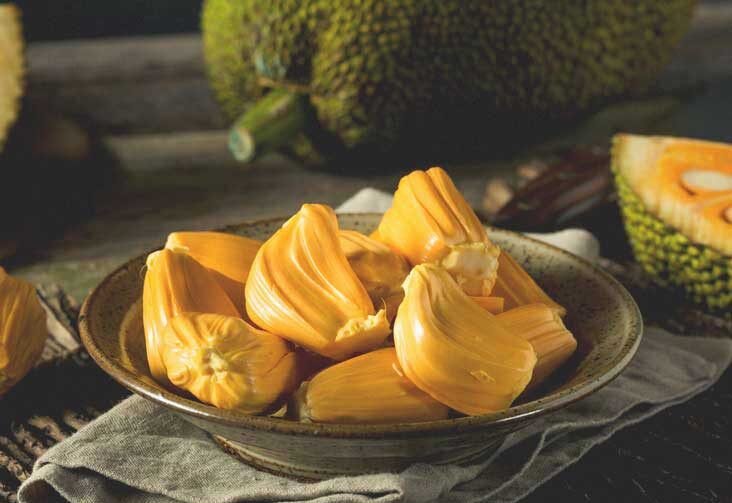
As orange wines are produced from different white grape varietals, it is difficult to pin-point a definitive flavor profile.
Since the grape skins are fermented along with the grape juice, these wines have much higher tannins than white wines. Also, most orange wines are full-bodied with high acidity.
They are best served at about 10-12 degrees Celsius.
The wine taste is floral and fruity with hints of dried orange rind, jackfruit, fruit beer, and hazelnut.
The bold flavors of orange wines pair excellently with curry dishes, fermented kimchi, Japanese, Korean, Moroccan, and Ethiopian cuisine. They also complement all kinds of meat dishes and fish.
Waiting to explore the unique flavors of orange wine?
8 Best Orange Wines to Buy in 2024
Here’s are the best orange wine bottles you can buy in 2024:
1. 1995 Gravner Ribolla Venezia Giulia IGT
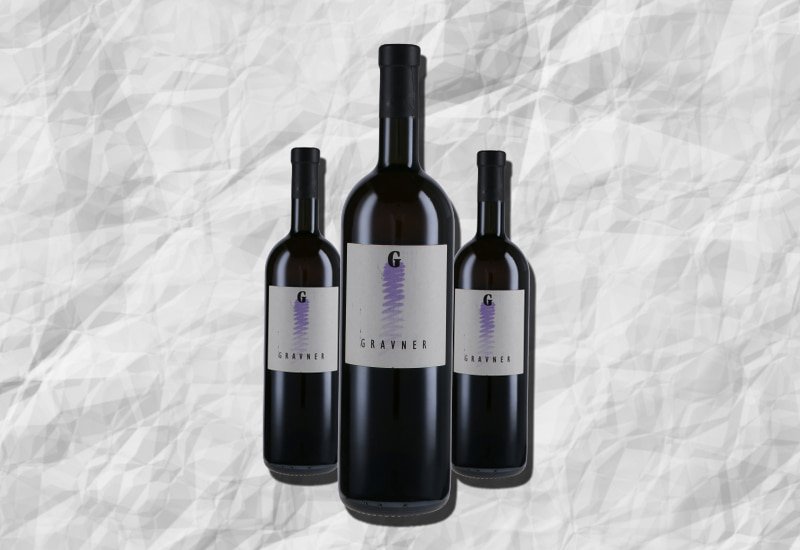
This intense yellow wine has a fruity palate of apricot, dried orange rind, and peach. It has an intoxicating aroma of tropical fruit, stone fruit, and sour beer.
Price of 1995 Gravner Ribolla Venezia Giulia IGT: $250
2. 1990 Radikon Sivi Venezia Giulia IGT

This delectable orange wine is a great choice for any wine drinker with its rich flavor profile of sour beer, apricot, and hazelnut. The nose is an intense mix of jackfruit, brazil nut, bruised apple, and orange peel.
Price of 1990 Radikon Sivi Venezia Giulia IGT: $85
3. 2005 Damijan Podversic 'Kaplja' Venezia Giulia IGT
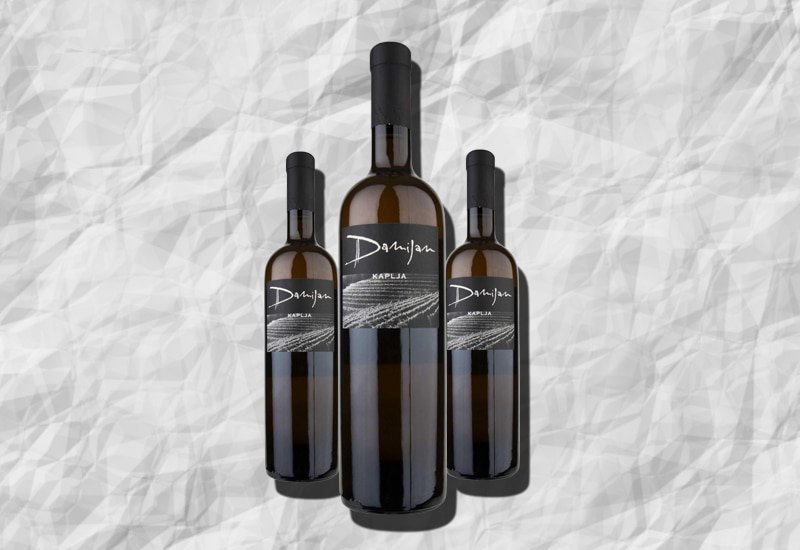
Here we have an intriguing amber wine with a rich white peach, buttered rum, pineapple, and apricot taste. The floral and fruity aromas coupled with a creamy texture make this wine a refreshing drink.
Price of 2005 Damijan Podversic 'Kaplja' Venezia Giulia IGT: $70
4. 2017 Weingut Gernot and Heike Heinrich Graue Freyheit

This dry amber wine has a fresh fruity aroma of strawberry, stone fruit, and sourdough. The flavor profile of tangerine, dried orange rind, and peach make this a delightful wine.
Price of 2017 Weingut Gernot and Heike Heinrich Graue Freyheit: $61
5. 2012 Azienda Agricola Cos Pithos Terre Siciliane Bianco IGT
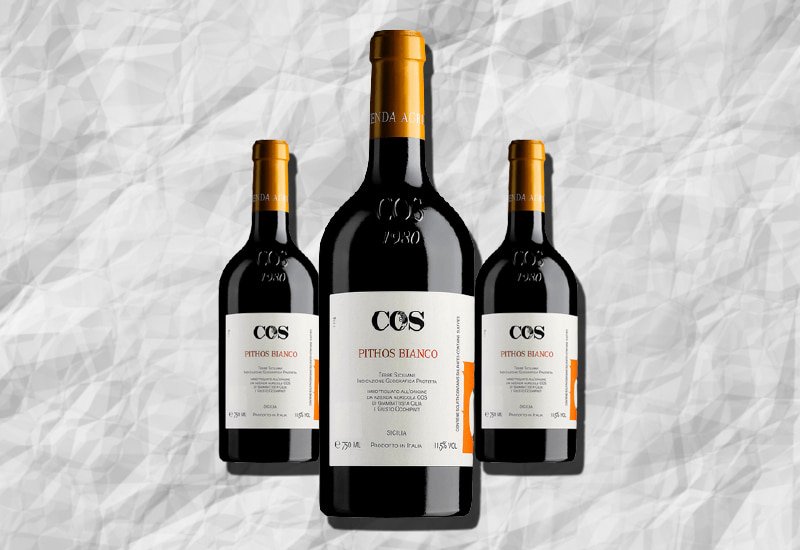
This superb skin contact wine has aromas of bruised apple, linseed oil, mushroom, and tea. Each flavorful mouthfeel has notes of apricot, orange, and green apple.
Price of 2012 Azienda Agricola Cos Pithos Terre Siciliane Bianco IGT: $58
6. 2007 Mario Schiopetto Friulano Collio
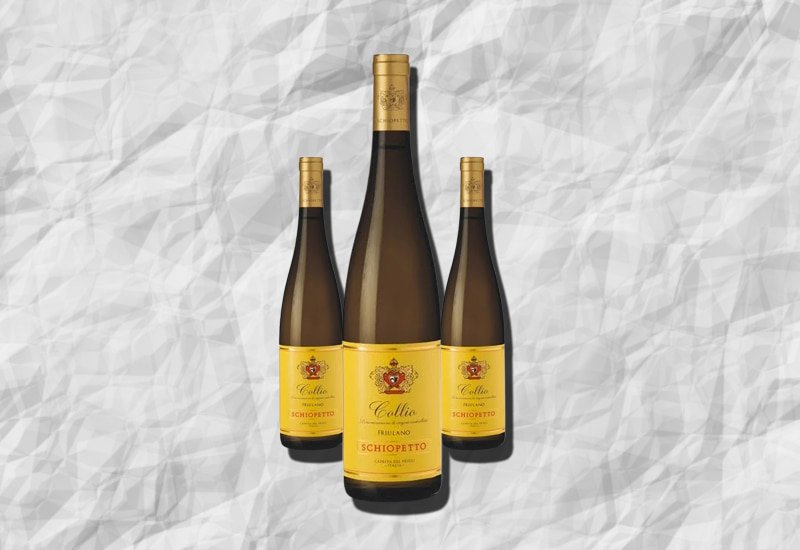
Here we have an aromatic wine with a nose of acacia, peach, melon, and honey. It has a rich palate of pear, apple, and lemon.
Price of 2007 Mario Schiopetto Friulano Collio: $50
7. 2019 Intellego 'Elementis' Skin Contact
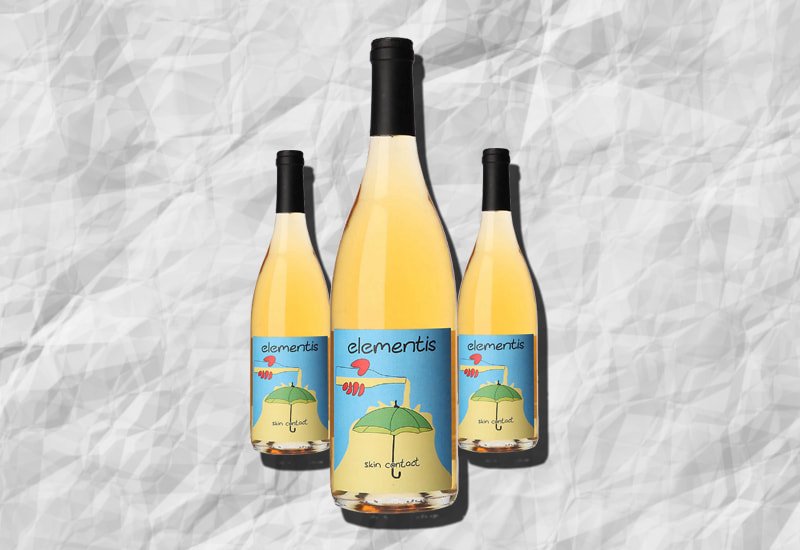
This skin contact white wine is mildly sweet and has fruity and earthy aromas of orange, lemon, and ginger. Its flavor profile includes quince, apple, apricot, and lime.
It is an excellent complement to Asian dishes like fermented kimchi.
Price of 2019 Intellego 'Elementis' Skin Contact: $44
8. 2015 Channing Daughters Meditazione

This sunset-hued Long Island wine has tropical fruit aromas of ripe peach, apricot, honeysuckle, and lime. The flavor profile has notes of rhubarb, chamomile, and dried orange rind.
Price of 2015 Channing Daughters Meditazione: $40
Wondering how long these wines will last in your cellar?
Read on.
Does Orange Wine Age Well?
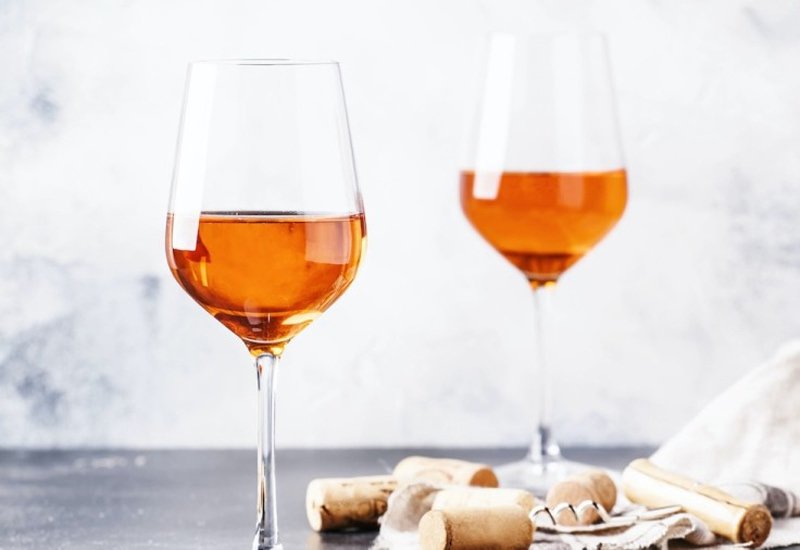
The short answer is yes.
Orange wines have substantial aging potential ranging from a few years to a couple of decades. Once opened, they also last longer than most white wines because of their tannins.
You should be able to find some great bottles at a specialized wine shop or online.
But, even though these delicious wines can cellar for a while, they are not ideal for long-term investing.
If you’re looking to build an impressive fine wine collection, Vinovest can help you.
Buy Fine Collectible Wines Through Vinovest
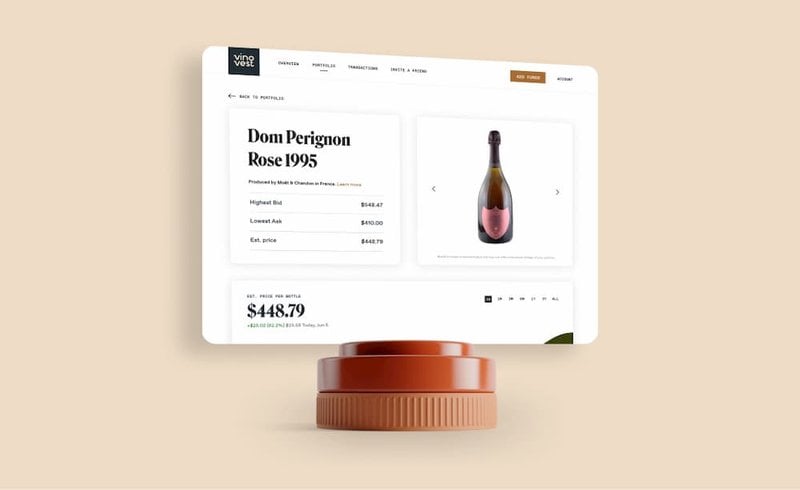
Vinovest is an onlinewine investment platform that helps you build a profitable portfolio of collectible wines even if you aren’t a wine expert. You can buy, store, and sell authentic bottles of the most reputed brands inthe wine world.
And if you prefer to pamper yourself with some excellent wines, Vinovest will ensure quick and easy delivery to your doorstep as well.
How Does It Work?
- Sign up with Vinovest.
- Gauge your investment style by answering a simple questionnaire.
- Maintain at least a $1,000 balance in your account.
- Vinovest’s algorithm will help you buy the best investment-grade wines. Now, you’re ready to begin your wine investment journey!
Why should you use Vinovest?
Benefits
It provides quite a few advantages:
1. Easy Buying and Selling Using AI-driven Technology
Vinovest’s AI-driven platform makes it super easy to buy and sell fine wines from anywhere in the world.
2. Best Prices
You get the best possible price on your favorite wines as Vinovest buys authentic wines directly from trusted winemakers, wine exchanges, and wine merchants, eliminating third-party intermediaries.
3. Curated Portfolio by an Expert Wine Advisory Team
Don’t worry if you aren’t a wine expert or that you’re not well connected in the wine world. The experienced sommelier team at Vinovest will help you build your ideal portfolio of fine wines.
4. Authenticity and Provenance
Every wine bottle you buy through Vinovest is authentic as they trace its provenance before you finalize your purchase.
5. Optimal Storage
Vinovest stores your wines in secure, bonded warehouses. Its storage facilities maintain optimal temperature, light, humidity, and vibration levels round the clock.
6. Comprehensive Insurance and Security
Vinovest offers you a competitive insurance policy at market rate. Its storing facilities come equipped with 24/7 security cameras that watch over your wines.
7. Low Overall Costs
These premium services are available at reasonable rates with zero hidden costs.
Vinovest charges an annual fee of 2.5% (1.9% for portfolios over $50,000). This includes buying and selling wines, wine fraud alert, storage, insurance, and management of your wine portfolio.
8. Tax Advantages
These wine storage facilities do not charge excise duty or VAT. So, this tax benefit is passed on to you.
Sip An Orange Wine While You Build a Fine Wine Portfolio!
The marriage of the white wine flavor profile with the robust structure of a red makes an orange wine an exciting choice for any wine drinker.
Next time you visit a wine bar, indulge in an orange wine bottle and savor how different it is from the Chardonnays and Pinot Noirs.
And, if you’re searching for investment-worthy fine wines, you can find some of the rarest bottles through Vinovest. So, sign up today and start building your wine collection!

